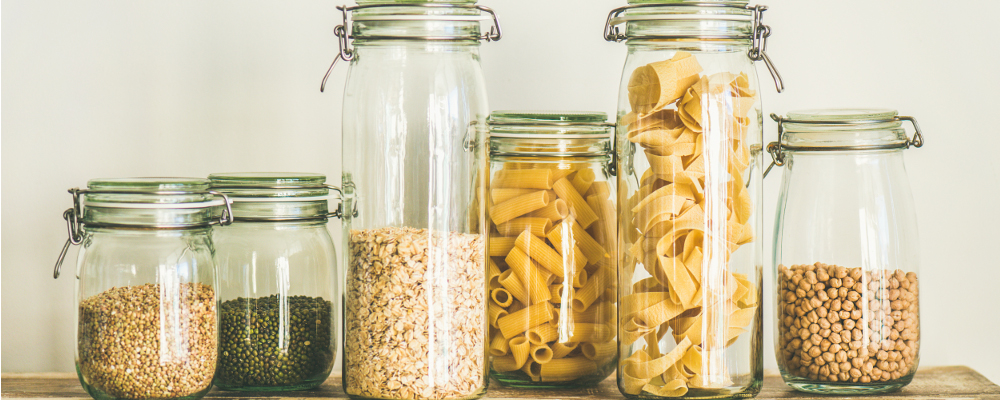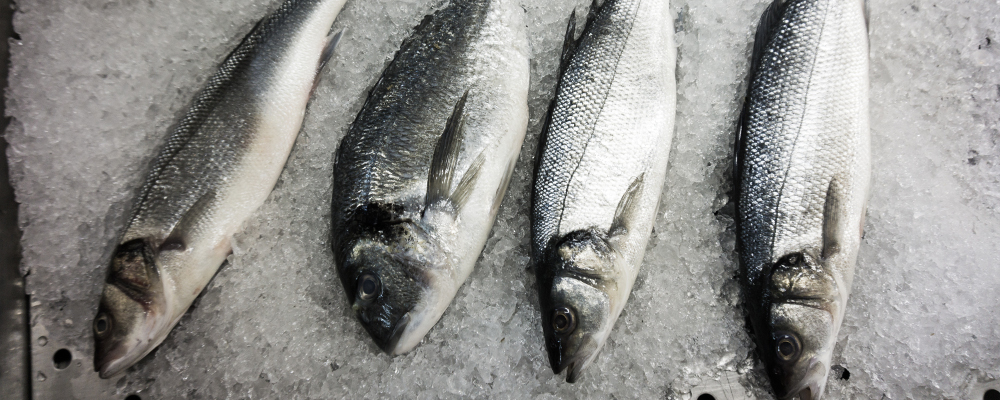The Ultimate Guide to Eating Hummus Like a Pro
If you think hummus is just a dip, you’re in for a delightful surprise. This creamy, flavourful delight is more versatile than most people realise,
A seven-year-old British boy is currently fighting for his life after having fallen ill with food poisoning while on holiday. Luay Mohammed contracted salmonella at a five-star resort in Egypt, but his condition worsened upon his family’s return to Birmingham.
He has been in the intensive care unit for three weeks, battling the original salmonella as well as sepsis and the effects of a stroke.
Young children are particularly susceptible to food poisoning. In fact, they account for a large percentage of the 420,000 people who die each year around the world from eating contaminated food.
Proper food storage not only ensures the health and safety of your customers, but will also reduce waste-related costs. It’s imperative that you understand how to safely store and prepare food. Read on for food storage tips!
Make certain that you review these requirements with all employees on a regular basis. Post them prominently where it’s easy for employees to review them as needed.
Be sure to rotate your stock of ingredients, so that you are always using the oldest product first. When a shipment of food comes in, store it behind the food already in stock. You should also label all ingredients with the date of delivery and/or with a “use by” date.

In addition to preventing cross-contamination, proper food storage that involves airtight containers will also reduce spoilage. The moment food is exposed to air, it begins to spoil. So keep all ingredients, perishable or non-perishable, in airtight conditions.
All meats should be stored at the bottom of the refrigerator unit or on the lowest shelves in the walk-in. In the event that meat isn’t wrapped properly or sealed tightly, this will prevent its juices from dripping onto other food and contaminating it.
Never store a box, bin, or container of food directly on the floor. Most local health codes require food items to be a minimum of six to twelve inches off the floor. Otherwise, dust, dirt, debris, and water can cause havoc.
Regularly check that refrigeration and freezer units are functioning correctly and keeping food at the recommended temperatures. A faulty refrigerator or freezer can lead to the development of dangerous bacteria.
 fresh fish on ice
fresh fish on ice
In addition, know the recommended minimum internal temperatures for fish, poultry, meat, eggs, dairy, leftovers, and other foodstuffs for when it is being cooked or reheated.
Chicken is the number-one food that causes poisoning, so make sure that your employees are handling it properly. Keep the chicken itself, and any utensils or other kitchen tools that come into contact with it, separate from other foods.
Not sure if a food has gone off or not? Can’t quite read the use-by date? Whenever you are in doubt about the age, temperature, or condition of food, err on the side of caution and discard it. The monetary loss is worthwhile if it prevents people from falling ill.
Proper food storage and preparation is essential to providing meals that are not only delicious, but also healthy and safe. If your current wholesaler does not follow these guidelines, it’s probably time to shop around for a new one!
If you think hummus is just a dip, you’re in for a delightful surprise. This creamy, flavourful delight is more versatile than most people realise,
Fellow coffee lovers in Malaysia are embracing a convenient method to enjoy their favourite coffee shop quality drinks at home: coffee capsules. These pre-packed pods
Healthy snacking is crucial for a balanced diet, especially for weight management in Malaysia. While many Malaysians enjoy snacks, not all are healthy. Traditional options
Malaysia’s coffee culture is flourishing, with coffee enthusiasts seeking high-quality brews that rival café experiences. Among the rising trends, coffee capsules have emerged as a
Tel: +603-5569 2318
Fax: +603-5569 2208
Email: hello@sanglafoods.com
Lot 4, Jalan Peguam U1/25A, Hicom Glenmarie Industrial Park,
40150 Shah Alam, Selangor, Malaysia